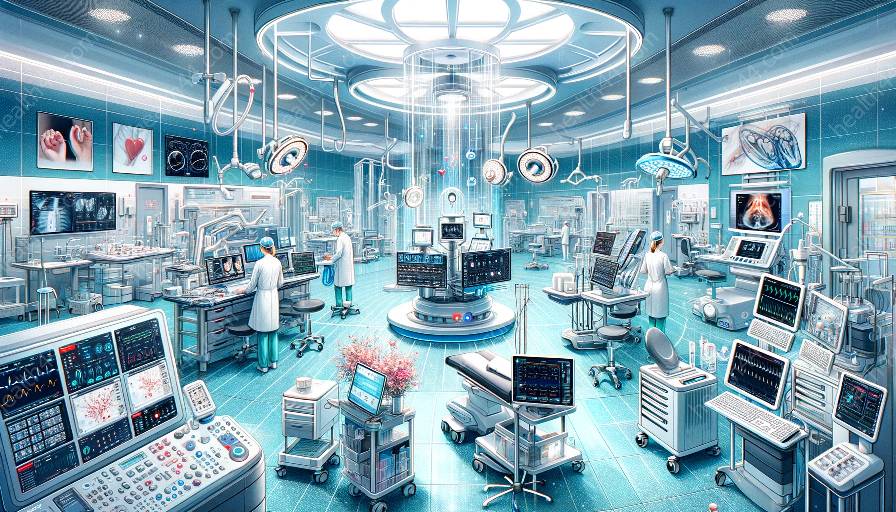The nervous system is responsible for interpreting sensory information through sensory transduction, leading to perception. This process involves various anatomical and physiological mechanisms, as well as its relevance to medical devices.
Sensory Transduction and the Nervous System
Sensory transduction is the process by which sensory stimuli are converted into electrical signals that the nervous system can interpret. This process occurs in sensory receptors, which can be found throughout the body.
- Sensory receptors are specialized cells that respond to specific stimuli, such as light, sound, touch, taste, or smell.
- Upon stimulation, sensory receptors generate electrical signals in the form of action potentials, which travel along sensory neurons towards the central nervous system.
- For example, in the case of touch, mechanoreceptors in the skin are activated when pressure or vibration is applied, leading to the generation of action potentials.
Anatomy and Physiology of Sensory Transduction
The process of sensory transduction involves a complex interplay of anatomical and physiological features.
- Anatomical features: Different types of sensory receptors are located in specific tissues and organs, each tailored to respond to particular stimuli. For instance, photoreceptors in the eyes respond to light, while olfactory receptors in the nose respond to smell.
- Physiological mechanisms: Sensory transduction relies on the conversion of physical stimuli into electrical signals through various mechanisms, such as ion channels, membrane potential changes, and neurotransmitter release.
Perception in the Nervous System
Perception is the process by which the brain interprets and gives meaning to sensory information that has been transduced into electrical signals. This involves higher brain regions that analyze and integrate sensory input to produce a coherent perception of the external world.
- For example, in the case of vision, the visual cortex processes signals from the eyes to create the perception of shapes, colors, and movement.
- Perception can also be influenced by cognitive and emotional factors, as well as past experiences and learning.
Relevance to Medical Devices
Understanding sensory transduction and perception is crucial in the development and application of medical devices aimed at diagnosing, treating, and augmenting sensory functions.
- Diagnosis: Medical devices such as electroencephalography (EEG) and electromyography (EMG) rely on the principles of sensory transduction to detect and interpret electrical signals from the nervous system for diagnostic purposes.
- Treatment: Devices such as cochlear implants and deep brain stimulators directly interface with the nervous system to restore sensory functions or modulate perception in conditions such as hearing loss or Parkinson's disease.
- Augmentation: Advancements in neuroprosthetics and brain-computer interfaces aim to enhance sensory perception through direct integration with the nervous system, opening new possibilities for individuals with sensory impairments.


